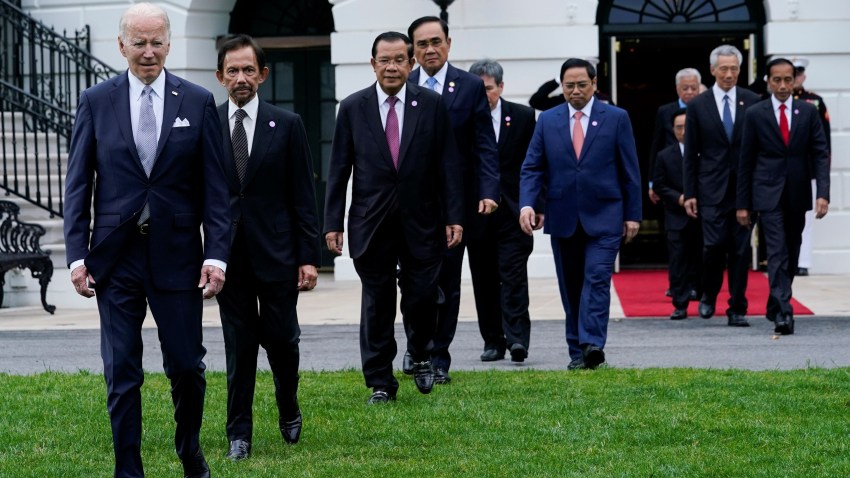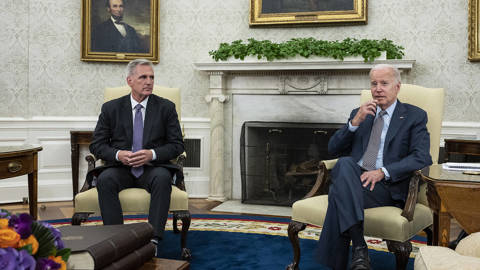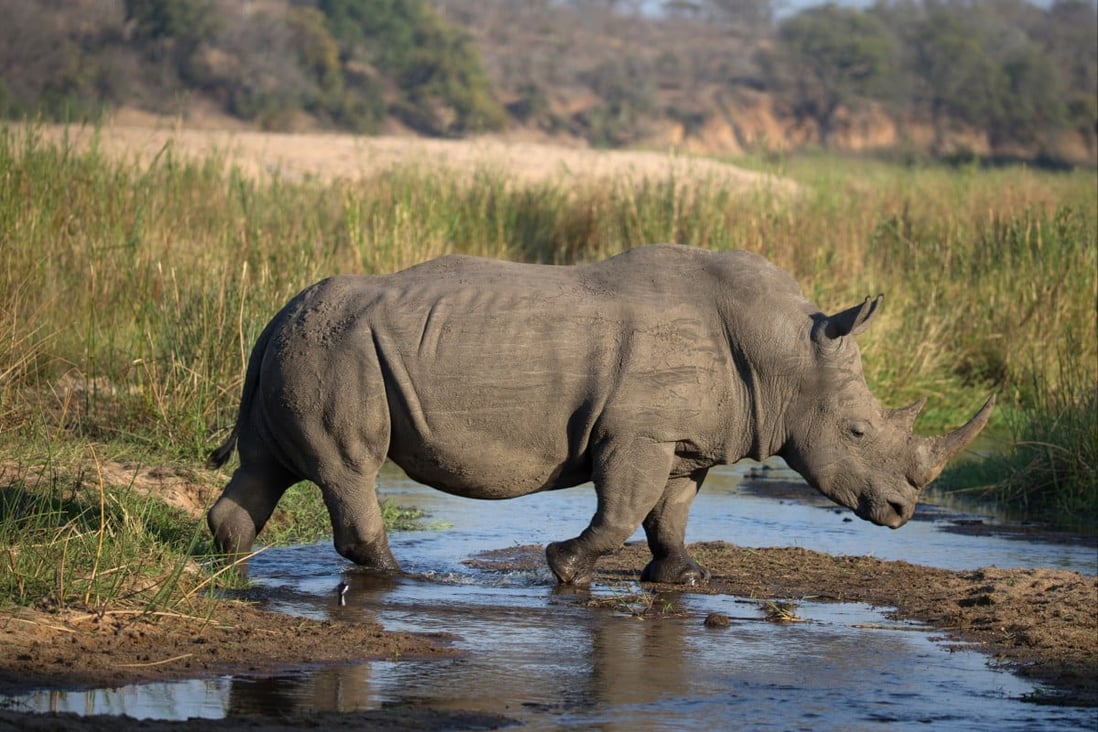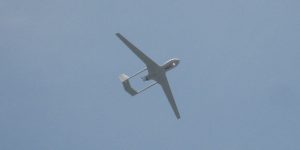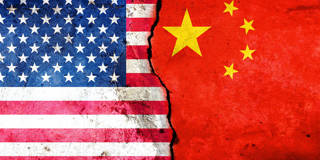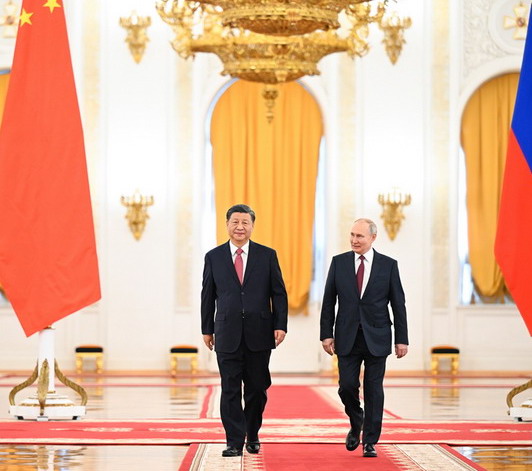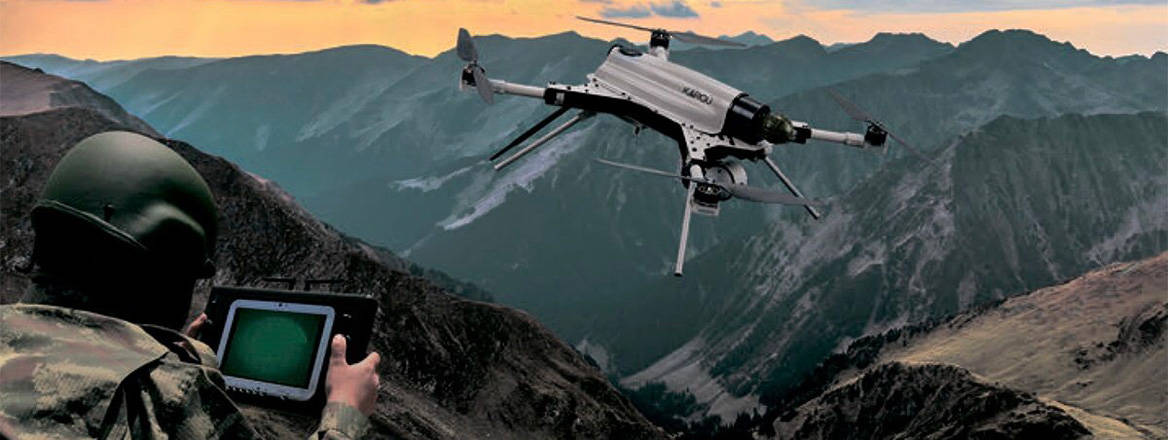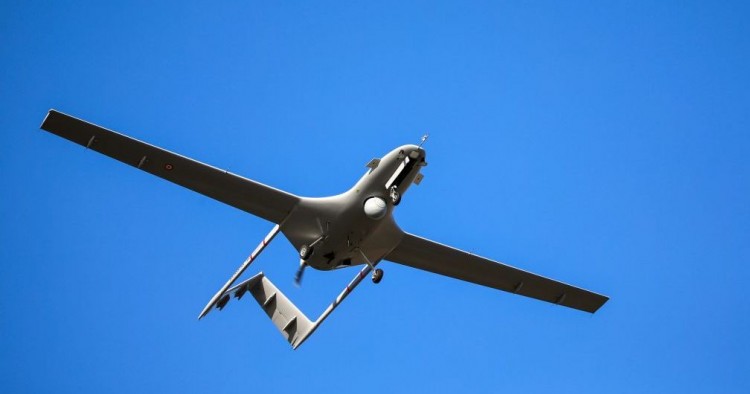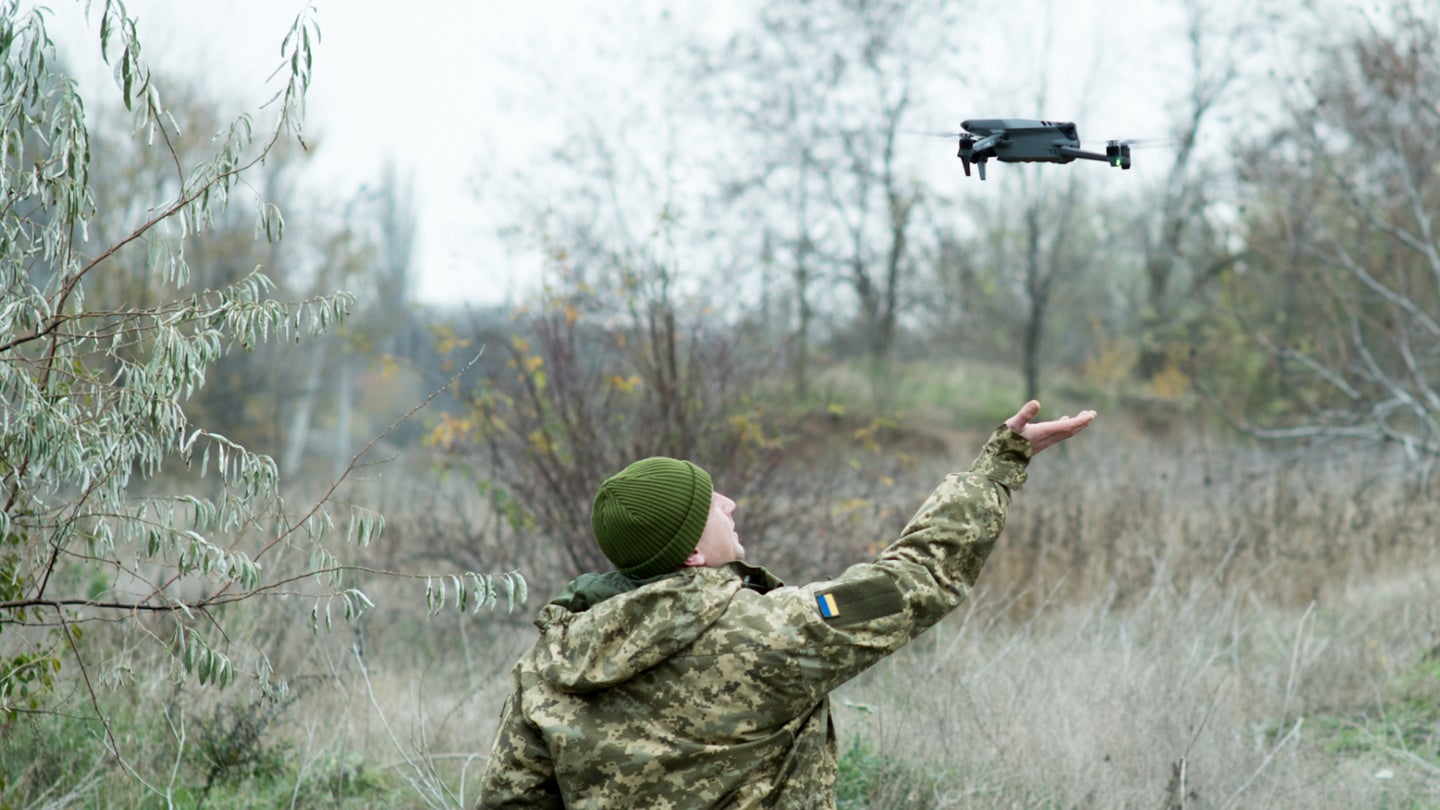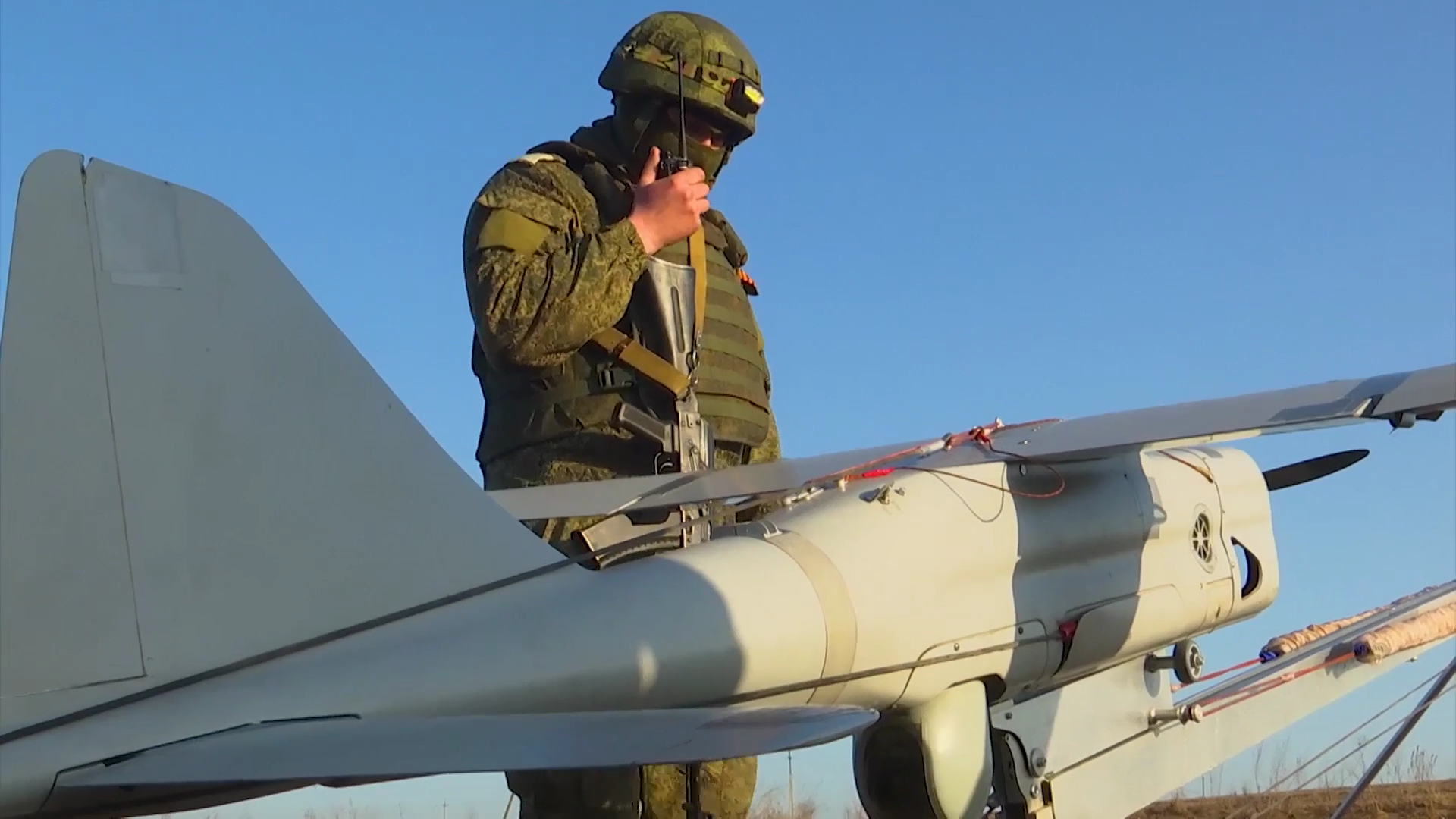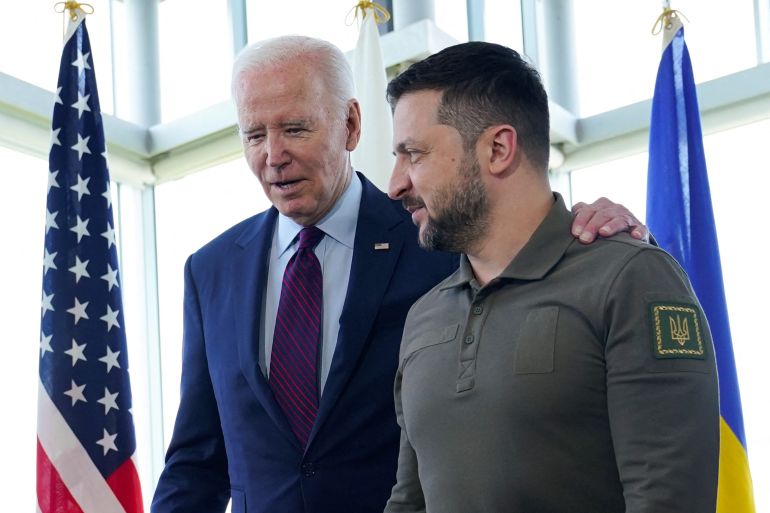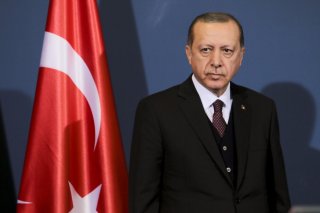Iran will soon present a new hypersonic missile after conducting all the necessary tests, Amir Ali Hajizadeh, the commander of the Islamic Revolutionary Guard Corps (IRGC) Aerospace Force, said on Monday.
“The tests of this (hypersonic) missile have been conducted, and it will be demonstrated soon,” Iranian news agency IRIB quoted him as saying.
The commander added that the new missile can fly at a speed of 12-15 Mach (8,893-11,116 miles per hour), is maneuverable both inside and outside the atmosphere, and is capable of targeting enemy missile defense systems.
In November 2022, Tehran said it had developed the first national hypersonic ballistic missile. The United States said at the time that it was “skeptical” of Iran’s reports.
Are Hypersonic Missiles Invincible?
Hypersonic missiles might not be the ultimate invincible weapon as boasted by China and Russia. At least, the US defense establishment appears to believe so.
Hypersonic missiles are the new lethal weapons in the arsenal of Russia and China to project their power. In the Ukraine-Russia war, the Kinzhal has been received with awe and terror.
Most recently, China war-gamed to destroy a US aircraft carrier group with its latest long-ranging hypersonic ballistic missile DongFeng-27 to signal the arrival of its “Blue Dragon” strategy in the Indo-Pacific.
This arch-nemesis of the US have been quite boastful of its hypersonic weapons program and have already been deploying them to deny area access to the US. But the US hypersonic weapons programs are trailing owing to a lack of a plan, technological gaps, and a belief that ballistic missiles are a better and cost-effective bet against an adversary.
The US Army, Navy, and Air Force have their own non-nuclear hypersonic missile development program to develop weapons that fly five times faster than the speed of sound and spend most of their flight in the Earth’s atmosphere.


